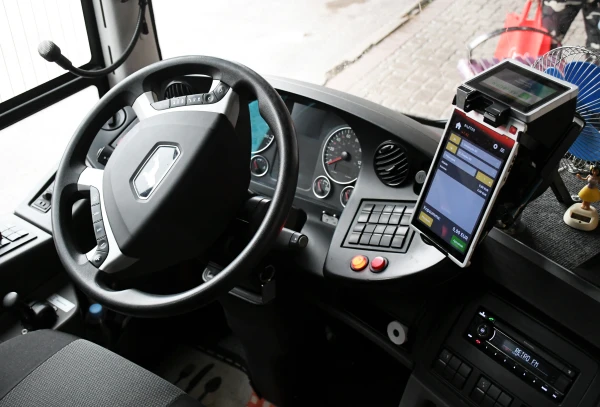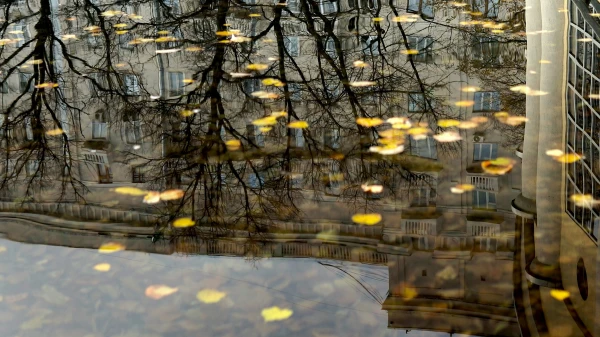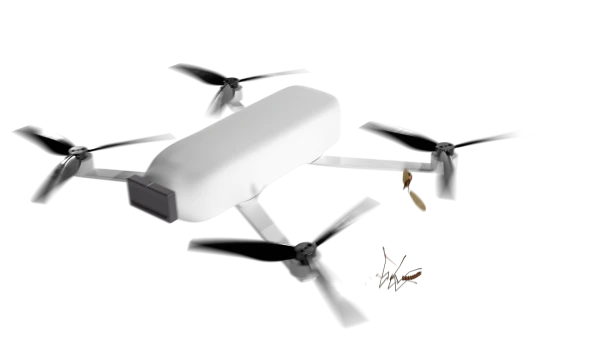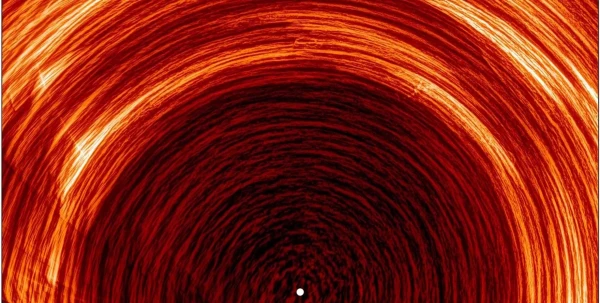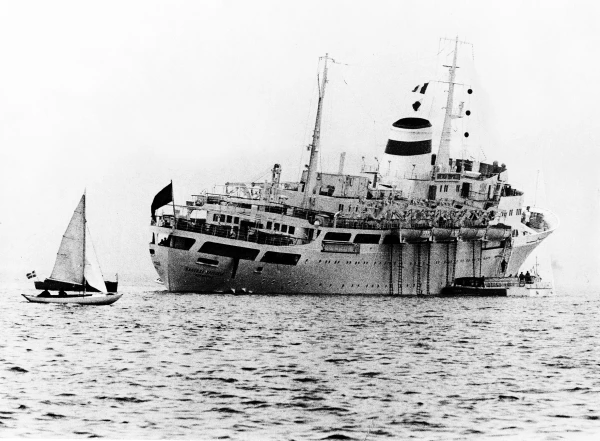
Not having recovered from the sinking of the bulk carrier "Rinuzi" on September 23, our crew was again alerted on the 25th, now aboard the passenger ship "Nadezhda Krupskaya".
Conclusion. Beginning HERE
It was getting close to night. The "Nadezhda Krupskaya", under the guidance of a pilot, pierced its hull and got stuck on an underwater rock. If the vessel had passed it, the consequences would have been quite dire. As it was, only a list of about 10 degrees to the starboard indicated the unusualness of the situation. However, the bow cargo hold, diesel generator room, and part of the boiler room were immediately flooded with water.
"What will happen to us?!"
On a passenger ship, such situations are much more difficult to endure than on a cargo or fishing vessel, where the crew constantly participates in training alarms and is prepared for unusual events.
And when there are three hundred passengers on board... After the alarm was announced, they were all gathered in the music salon, dressed in life vests. There was noise, chaos, as if in a market on a bazaar day. Shouts: "Help!", "What will happen to us?!", the crying of children. The sailors of the "Nadezhda Krupskaya" did not allow the distressed passengers to scatter.

Ship mechanic Anton Shpogis.
We were also mobilized. The Rinuzi crew helped prepare the lifeboats for lowering.
The weather was calm, not a breeze. The vessel was securely positioned on the underwater rock, many passengers calmed down and dozed off. The rescue equipment was ready for lowering into the water.
In the morning, the passengers were evacuated from the distressed vessel. This did not concern our crew. After all, we are not passengers. Stowaways — just one word. So the Rinuzi crew remained on the ship and assisted the main crew of the "passenger" in various tasks. At the same time, our living conditions changed: we were moved from six-person cabins in third class — up — to first-class cabins.
Not just mail!
The crew of the "Rinuzi" had to sit on the rocks for a whole week. Naturally, the work on the vessel was done on a voluntary basis. And in one of these tasks, we encountered a rather pleasant surprise.
Very soon, several Rinuzi crew members were sent to the flooded bow hold — to rescue bags of mail. It was the end of September, and the water in the hold was up to our necks. We strapped the bags, and the sailors of the "Krupskaya" pulled them up with winches. We had to work in cold water, in shifts. By the second day, there were almost no bags left in the hold. Mechanic Algis Dambrauskas was diving for his pleasure.
— Guys, I found something! — we suddenly heard his shout. — Algis raised a large bottle above his head. — This is champagne!
We tried the find and were pleased.
Soon, Algis pulled to the surface a soggy cardboard box wrapped in polyethylene. Inside were flat brown bottles.
After a new tasting, everyone present came to the conclusion that it was cognac. According to the labels, it was produced in France. We became merrier, occasionally sipping champagne and washing it down with cognac.
When we climbed up the vertical metal ladder for a break, we would place a flat brown bottle in a wide rubber boot. So for a while, the crew of the "Rinuzi" had the sea up to their knees.
Cement, also known as Finnish enamel
As soon as it became known about the trouble of the "Rinuzi", a rescue vessel "Icebreaker-6" and two tugs headed to the collision site from Leningrad. But they had not yet reached their destination when news came of the grounding of the "Nadezhda Krupskaya", a vessel that cost much more than our small bulk carrier, so the rescuers were redirected to the Swedish skerries — to assist the "passenger".
Divers from the rescue vessel examined the underwater part of the hull of the "Nadezhda Krupskaya". The breach was large, over five meters long. But the captains of the icebreaker and the "passenger", after consulting, decided that it could be temporarily patched by placing cement boxes, and then, by installing pontoons, pull the "Nadezhda Krupskaya" off the underwater rock and proceed at a slow speed (the main engine remained operational) to a Soviet port.
Naturally, cement was required for the installation of the cement boxes. But to purchase it in Sweden, permission had to be obtained from Moscow, from the Ministry of the Merchant Marine, since according to technical supply regulations, our vessels were only allowed to purchase items not produced in the Soviet Union abroad. However, Moscow did not grant permission, refusing to violate the instructions. What to do? It was not feasible to go to Stockholm for repairs — how much foreign currency would be wasted!
And one bright maritime mind came up with the idea to negotiate with the ship chandler: you deliver cement to the vessel, and in the documents, write that you are bringing Finnish enamel. That’s what they did.
To Riga — under our own power
The crew of the "Rinuzi", while assisting the sailors of the "Nadezhda Krupskaya", lived in first-class cabins for a week. But when the passenger ship "Estonia" left Stockholm, it anchored, and two motorboats were lowered into the water from it. They approached the "Nadezhda Krupskaya", took us on board their vessel. On the "Estonia", after a brief stop in Helsinki, we reached Leningrad. And from there — it was just a stone's throw to Riga.
However, not all members of our crew transferred to the "Estonia". A turner from the "Rinuzi", later a ship mechanic, Anton Shpogis, was left on the "Nadezhda Krupskaya" as an assistant to the rescuers.
Here’s what he recalls: "Divers were welding underwater, while we were cutting steel sheets above. When we installed the cement boxes and pulled the vessel, water started to flow in again. It was constantly being pumped out by powerful pumps, and the divers were welding the hull with underwater welding.
Finally, receiving a favorable weather forecast, a decision was made for the "Nadezhda Krupskaya" to proceed under its own power to Riga.
At the Riga ship repair plant, a dock was ready for the acceptance of the vessel that had been removed from the rocks. And the "Nadezhda Krupskaya" was immediately brought into it.
A few months later, this vessel was again taking on passengers. Built in 1963, it lived a long life until 1998. However, over time it was renamed. Instead of "Nadezhda Krupskaya", the vessel was given the name "Susana", and in 1992 it was sold to Bulgaria to become a nightclub.
Vladimir NOVIKOV




